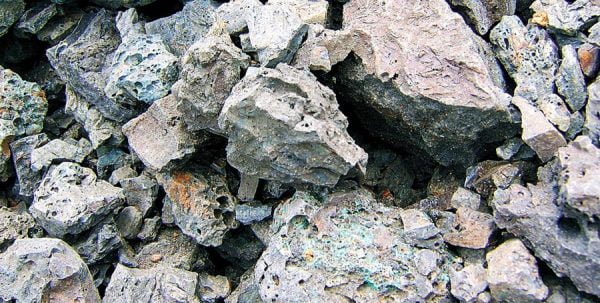The Chrome Mining Sector Dilemma

Globally, Zimbabwe is the second richest country after South Africa in untapped chromium reserves yet locals (small-scale chrome miners and contractors/tributors) along the Great Dyke live in abject poverty with vast areas custodian to the resource remaining heavily under-developed.
By Martin Chitohwa (MBA)
I have read many articles from the responsible authorities and other publishers blaming the lack of development in the Chrome sector. Most highlighted issues include but not limited to, sanctions, restricted payment terms, poor rail and road infrastructure, lack of foreign currency, logistics issues, lack of environmental, safety and technical support from responsible authorities, predatory pricing by smelting companies towards their contractors/tributors and their contractual conditions especially with Zimasco, government policies and their inflexibility towards minerals marketization and in-country beneficiation, in-adequate or lack of financial support (undercapitalization) towards local claim holders and so on.
The list of problems is endless but strategies and actions to abate this crisis that has been haunting the sector for many years are shortcomings. Most of the problems listed above will not be averted if Zimbabwe continues with its heavy reliance on a single market (China), which again is a result of government policies that are not flexible when it comes to mineral marketization. As long as our state enterprise (MMCZ) remains restricted, local producers will never see the light of day as predatory pricing by buyers who only sell to the single market mention earlier will continue to take advantage of the situation. Buyers from other markets available and more can be made available if there is a policy change that can allow MMCZ to be circumvented. This policy change can be temporary to allow capital built -up by local producers since proceeds will be repatriated back into Zimbabwe which will make our government fully realize their share if special tax rules are applied fairly (win-win scenario).
For local producers to get back into the game, a financial instrument has to be put in place whereby credible local bank(s) have to assume ownership of the debt from international funding structures, which can be made available to such local but privately owned projects. A committee can be put in place to work closely with the funders and local bank(s). This fund has a three-year grace period and up to 40 years to pay back the principal plus interest (at max. 5%). It will be the bank’s responsibility to service the loan and as well as lending the funds to local small scale miners (more details can be made available). If serviced well and in a shorter period, the same fund together with savings from local small scale producers can be made available for the construction of a locally owned beneficiation plant.
As for the biggest smelters in Zimbabwe, especially Zimasco and ZimAlloys, seem to have a soft spot with our local authorities thereby hurting the well-being of the sector as a whole. They happen to have the majority of prime land, outdated furnaces, dedicated power for those furnaces, proceeds from exports of chrome concentrates and yet they are failing to change their modus operandi to make a difference in the sector. Predatory pricing of the commodity is rife by these two companies. Most contractors/tributors especially in the north and middle Dyke under Zimasco where chrome seams are narrower and more costly to mine are heavily indebted to the mother company which means they will continue to service unsustainable debt until they crumble. The whole structure is designed to suppress contractors. As of January 2020, produced ores by contractors under Zimasco were tagged at US$43 on paper but in reality, they translate to 50% RTGS$ which is $21.50 and 50% US$ which US$21.50 (bank rated at prevailing rates and disbursed in RTGS$). As for January 2020, a ton averaged ((RTGS$21.50 + (US$21.50 × RTGS$16 = RTGS$344) = RTGS$365.50/ton)) if overall grade is above 43% with no chrome fines. Consumables such as explosives have exchange rates applied in their totality, for example, a box of shock tubes (detonators) is sold to the contractor at RTGS$8,000. For a contractor to break-even under these circumstances needs to produce on average 50 tons per month which is far fetched for many of them due to lack of geological survey by mother company of the area being mined, capital to upgrade operations, labor constraints since most are leaving for greener pastures in the gold sector, etc. This analysis is a drop in the ocean, a lot of negative deeds by mother companies are hampering progress in this sector.
Elluvial concentrates processing contracts are 99% extended to the Chinese operatives who are paid a meagre US$25-35 per ton locally for local high-grade chrome concentrates and who knows what happens to the rest of the proceeds from off-shore. Proper audits directed to these large smelting companies will leave responsible authorities no choice in forcing their hand to have these corporates apply full capacity utilization, enact mandatory investment in modern ferrochrome production technologies that will inhibit exportation of raw concentrates and chrome ore, and apply favorable contractual agreements with tributors that will give them reprieve and the edge to do more thereby improving the sectors’ competence in the mining industry.
- Written by,
- Martin Chitohwa (MBA)
- [email protected]
This article first appeared in the March 2020 Issue of the Mining Zimbabwe Magazine


